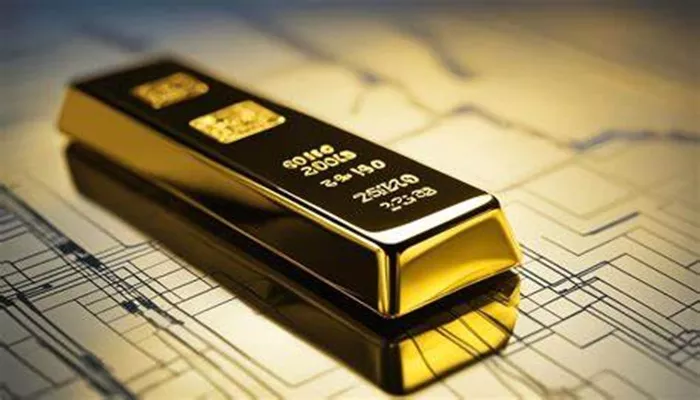Gold prices in India remain in sharp focus this week as investors weigh heightened geopolitical risk from the ongoing Iran-Israel conflict alongside expectations from the US Federal Reserve’s monetary policy update. The dual forces of safe-haven demand and interest rate uncertainty are expected to keep bullion markets volatile in the near term.
According to Maneesh Sharma, AVP – Commodities & Currencies at Anand Rathi Shares and Stock Brokers, the yellow metal ended last week with notable gains. Despite strong U.S. economic indicators, investors remained fixated on geopolitical tensions, which overshadowed traditional market fundamentals.
“Middle East tensions are dominating sentiment right now, and any signal of dovish policy from the Fed could reinforce bullish momentum in gold,” Sharma explained. “We expect continued volatility, but the overall bias remains upward.”
24-Karat Gold Rate Movement in India
As of this morning, the 24-karat gold price in India is trending higher, reflecting both international price action and local demand dynamics. Spot rates are closely aligned with global movements, where gold remains near multi-month highs amid dollar weakness and elevated geopolitical risk.
Market analysts suggest the ₹99,500–₹1,00,500 range remains key in the short term, with support levels firming near ₹98,800 per 10 grams.
Global Reserve Status: Gold Overtakes the Euro
In a significant milestone, gold has now overtaken the euro to become the world’s second-largest reserve asset, according to the World Gold Council (WGC). The WGC’s latest survey reveals that gold comprises 19.6% of total global reserves, surpassing the euro at 15.9%, while the US dollar remains the top reserve currency.
The central bank gold-buying trend is expected to intensify. The WGC survey found:
95% of central bank respondents expect global gold reserves to rise over the next 12 months.
A record 43% of respondents plan to increase their own gold holdings.
0% of respondents anticipate a reduction in reserves.
The data signals broad institutional confidence in gold as a long-term store of value, especially in the face of growing macroeconomic and geopolitical uncertainty.
China-US Trade Relations Add to Market Complexity
While geopolitical risks are driving gold prices, economic relations between major powers are also in play. A recent US-China trade truce, though temporarily easing tensions, still faces major structural challenges. Market participants remain cautious over the sustainability of any agreement, especially as U.S. rhetoric on tariffs continues to escalate.
Outlook: Gold Remains Firm as Key Events Loom
With the Federal Reserve’s policy statement due later today, all eyes are on Chair Jerome Powell’s guidance regarding future rate cuts. Any dovish shift could further weaken the US dollar and add fuel to the gold rally.
Meanwhile, the ongoing conflict between Iran and Israel, now entering its second week of missile exchanges, is bolstering demand for gold as a safe-haven asset.
“Until clarity emerges on both geopolitical and monetary policy fronts, we expect gold to remain a critical hedge in global portfolios,” Sharma added.
Conclusion
Gold is increasingly viewed not just as a crisis hedge, but as a foundational reserve asset amid growing global fragmentation. For Indian investors, the outlook remains constructive—though volatility may persist, the long-term trajectory for gold prices continues to point higher.
Stay tuned for post-Fed updates, which could be the next major catalyst for bullion markets.
Related topics:
- India Surpasses China in Gold Purchases, Buying 51% More in Three Months
- Qilu Bank Enhances Support for Small Businesses with Innovative Financial Tools
- Bitcoin Poised for a Surge Amid Gold’s Delivery Delays, Expert Claims


